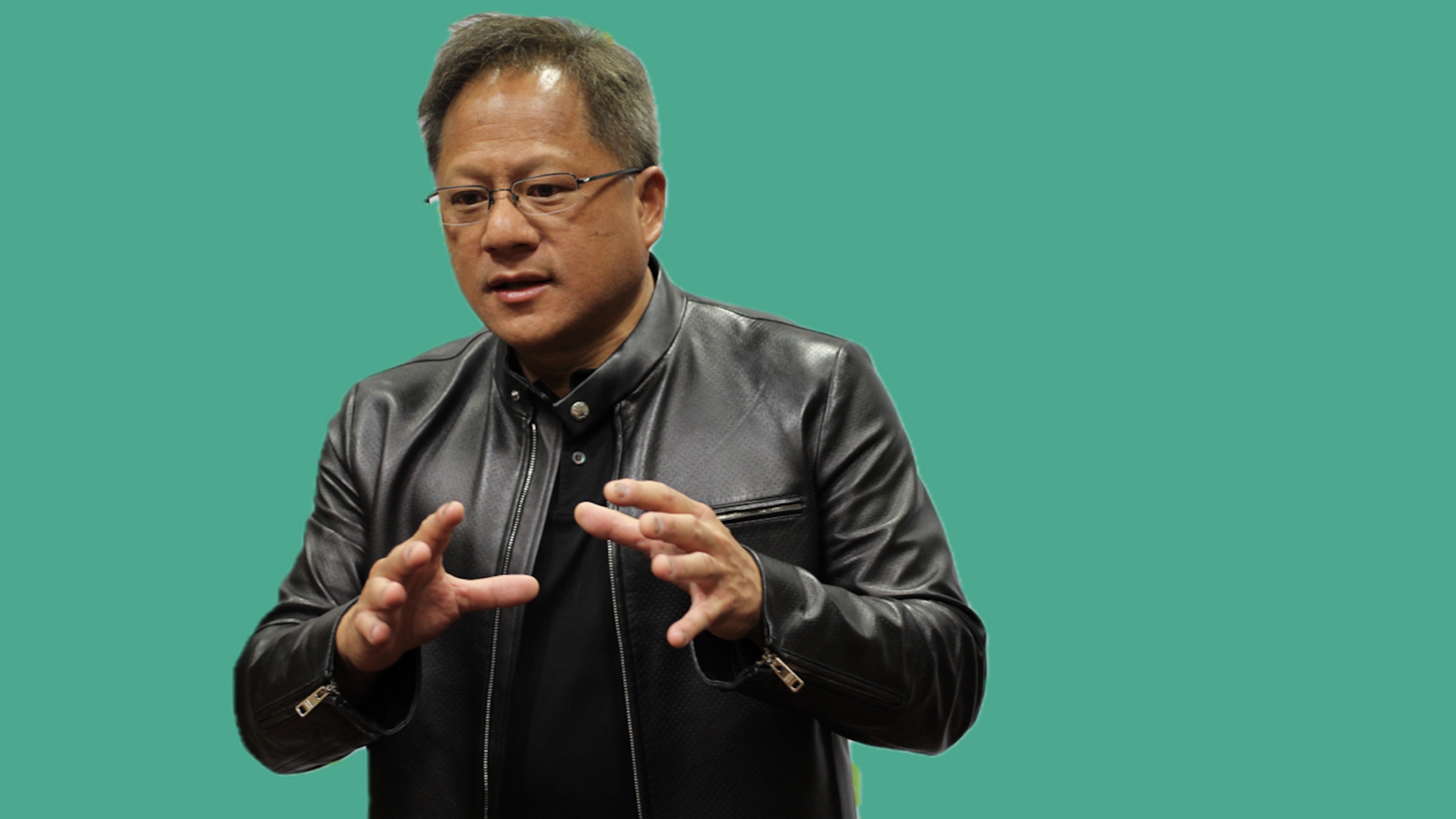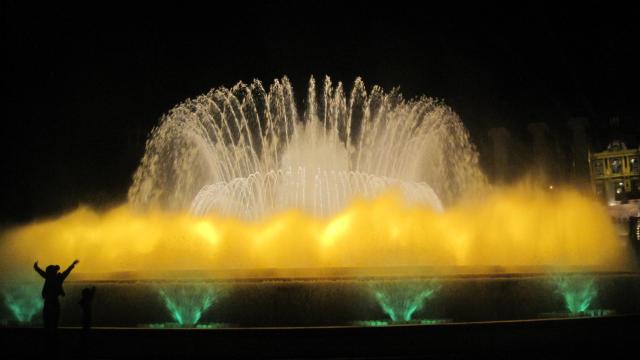What’s Black and White and Picasso All Over?

Your college art history textbook probably tore Pablo Picasso’s oeuvre into more digestible bits such as “Blue Period” and “Rose Period.” A new exhibition at the Solomon R. Guggenheim Museum in New York City adds a new “period” to the list—Picasso’s lifelong “Black and White Period.” In Picasso Black and White, which runs through January 23, 2013, we see how Picasso often stripped his art of color entirely to focus primarily on getting the message across through line and symbol. Ironically, the “realest Picasso” may not be the artist working in blue or rose or the man living a long, colorful existence, but rather the creator of colorless, powerful scenes and sculptures. By the time you get to the end of the exhibition, you’ll know the answer to the question, “What’s black and white and Picasso all over?”
Guggenheim Curator Carmen Giménez, previous curator of Picasso’s Picassos and the first woman inducted as an Academician of Honor by Spain’s Royal Academy of Fine Arts (Real Academia de bellas artes de San Fernando), gathers together 118 paintings, sculptures, and works on paper by Picasso from 1904 to 1971 to show just how pervasive his infatuation with black and white was. As movements and periods came and went for the chameleon Picasso, the simplicity of working in black and white always remained. As the exhibition marches chronologically through Picasso’s career—from early monochromatic “blue” and “rose” period paintings, to gray-toned Cubist paintings, to neoclassical portraits and nudes, to Surrealist figures, to stark social comments on war, to allegorical still lifes, to riffs on masterpieces of past masters, and finally to when Picasso brought sexy back in his final years—you realize that the common thread holding all of it together is his use of black and white.
Giménez previously curated Picasso’s Picassos, and some works in the show belonged to Picasso at his death, including a large charcoal drawing from 1909 titled Female Nude with Guitar, a subject that Picasso continued to employ more than six decades later. In many ways, this entire show features “Picasso’s Picassos” in the sense that these are the works closest to what he wanted to do and say. Six works appear in public for the first time ever, including Draped Nude Seated in an Armchair (from 1923) and Boat and Figures (from 1938). Picasso’s infatuation with the artistic past, especially that of his Spanish heritage, comes across in his 1957 The Maids of Honor (Las Meninas, after Velazquez), in which Picasso takes Velazquez’s tour de force Las Meninas and reimagines it through his modern perspective.
Perhaps the most fascinating piece for me in the show is Picasso’s Mother with Dead Child II, Postscript to Guernica (Femme avec enfant mort II, Post-scriptum à Guernica) (from 1937, shown above). This painting revisits the larger painting now known as Guernica, but focuses tightly on a single woman and child rather than the entire panorama of horror. In this painting the ghost of Goya looms large, not just in terms of subject matter, but also in terms of technique. Goya’s Los Desastres de la Guerra (or The Disasters of War) reduced war to a series of smaller, highly personal and highly human disasters using a simple scheme of black and white imagery. Picasso realized that Guernica broadcast war’s horror, but also realized that it lost something of the human scale in the painting’s oversized dimensions and, later, oversized reputation. If Picasso’s removed color to reduce the signal-to-noise ratio of his work, ie, the message he hoped to signify through the “noise” of medium and technique, then this “postscript” to Guernica reduces the ratio even more.
Giménez claims that “the graphic quality of Picasso’s black-and-white works harks back to Paleolithic cave paintings created from charcoal and simple mineral pigments to the tradition of grisaille, and to European drawing.” Picasso often remarked that he wanted to draw as a child would, but in the works shown in Picasso Black and White, Picasso harks back to the childhood of mankind itself—primal, honest, uncultured in the best sense. Picasso slipped so easily through the movements of modern art—often defining them, but never letting them define him—that he remains a slippery master to master in any sense. For all the splashy, colorful exhibitions around the globe each year featuring Picasso, Picasso Black and White might be the only one that contains Picasso reduced to his most basic core.
[Image:Pablo Picasso. Mother with Dead Child II, Postscript to Guernica (Femme avec enfant mort II, Post-scriptum à Guernica). Grands-Augustins, Paris, September 26, 1937. Oil on canvas, 130 x 195 cm. Museo Nacional Centro de Arte Reina Sofía, Madrid, Bequest of the artist. © 2012 Estate of Pablo Picasso/Artists Rights Society (ARS), New York. Photo: © Archivo fotográfico Museo Nacional Centro de Arte Reina Sofía, Madrid.]
[Many thanks to the Solomon R. Guggenheim Museum in New York City for providing me with the image above and other press materials related to Picasso Black and White, which runs through January 23, 2013.]





